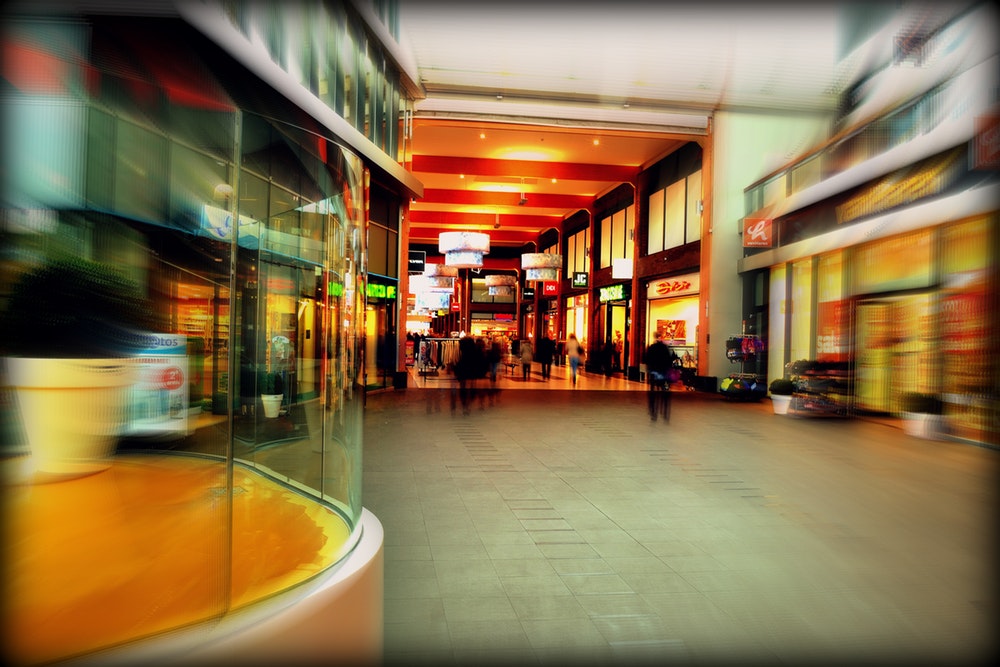Public Liability Guide: Public Liability Compensation
There’s nothing more embarrassing than slipping and falling in public…but besides looking foolish in front of strangers, what if your stinging pride and a bruised ego weren’t the worst injuries you suffered? If you or someone you know has been hurt in a public place, such as a shopping mall, theme park, car park, playground, or sporting venue, you may be able to receive compensation through a public liability claim if the owner of the property was negligent in the condition that contributed to your injury.
Public Liability
Those who own and operate businesses owe a duty to the general public to keep their premises safe and operate their services with reasonable care. They are legally required to take precautions to ensure that customers and clients feel safe, that their employees are properly trained, and that there are procedures in place to safeguard general public safety.
However, sometimes business owners are lax in their duty to the public. When this breach of duty happens and an injury occurs as a result, the injured party will be able to make a public liability claim under the Civil Liability Act. Many businesses in New South Wales, both big and small, pay money to public liability insurers so that if and when an accident occurs, the costs will be covered by the insurer.
What Kinds of Injuries Will be Covered?
The most commonly thought of public liability claim is the classic slip-and-fall scenario…a business owner fails to clean up a spill and the unsuspecting customer slips in it, falling and injuring themselves as a result. However, this is not the only chain of events that can give rise to a public liability claim. You may also have a cause of action for assault related injuries, sports injuries, injuries caused by unsafe conditions in car parks, or even injuries caused by defective products (machinery).
Product Liability
Related to the broader umbrella of public liability claims, product liability claims (due to defective machinery, for example) are distinguishable in a variety of ways. In cases where you have been injured by a faulty piece of machinery, you will need to prove that either the defendant party’s breach of a statutory guarantee or a provably dangerous product defect caused the injury. If there is a breach of a statutory consumer guarantee, you probably won’t need to show fault on the part of the defendant but you will need to show that the defective product is not of an acceptable quality for its intended purpose. If you are bringing a defective product claim, you need to demonstrate that your injury was caused by the product and the product had a safety defect which makes the product inherently less safe than the average consumer would have reason to expect.
What can you Recover?
If your injury occurs on public property as the result of the property owner’s negligent breach of duty, you may be able to recover economic damages including lost past and future income, medical expenses (including rehabilitation and treatment expenses), cost of household assistance, and in-home care. You may also be able to recover non-economic damages as well, including pain and suffering, reduced quality of life, and legal costs.
Time Limits
The time limits for a public liability claim are a bit more generous than many other types of claims. In New South Wales you have three years from the date of your injury to file a public liability claim. This is because it may take several months or even years to ascertain the overall impact an injury has on your overall wellbeing and determine the level of whole health impairment for the purposes of noneconomic damages.








